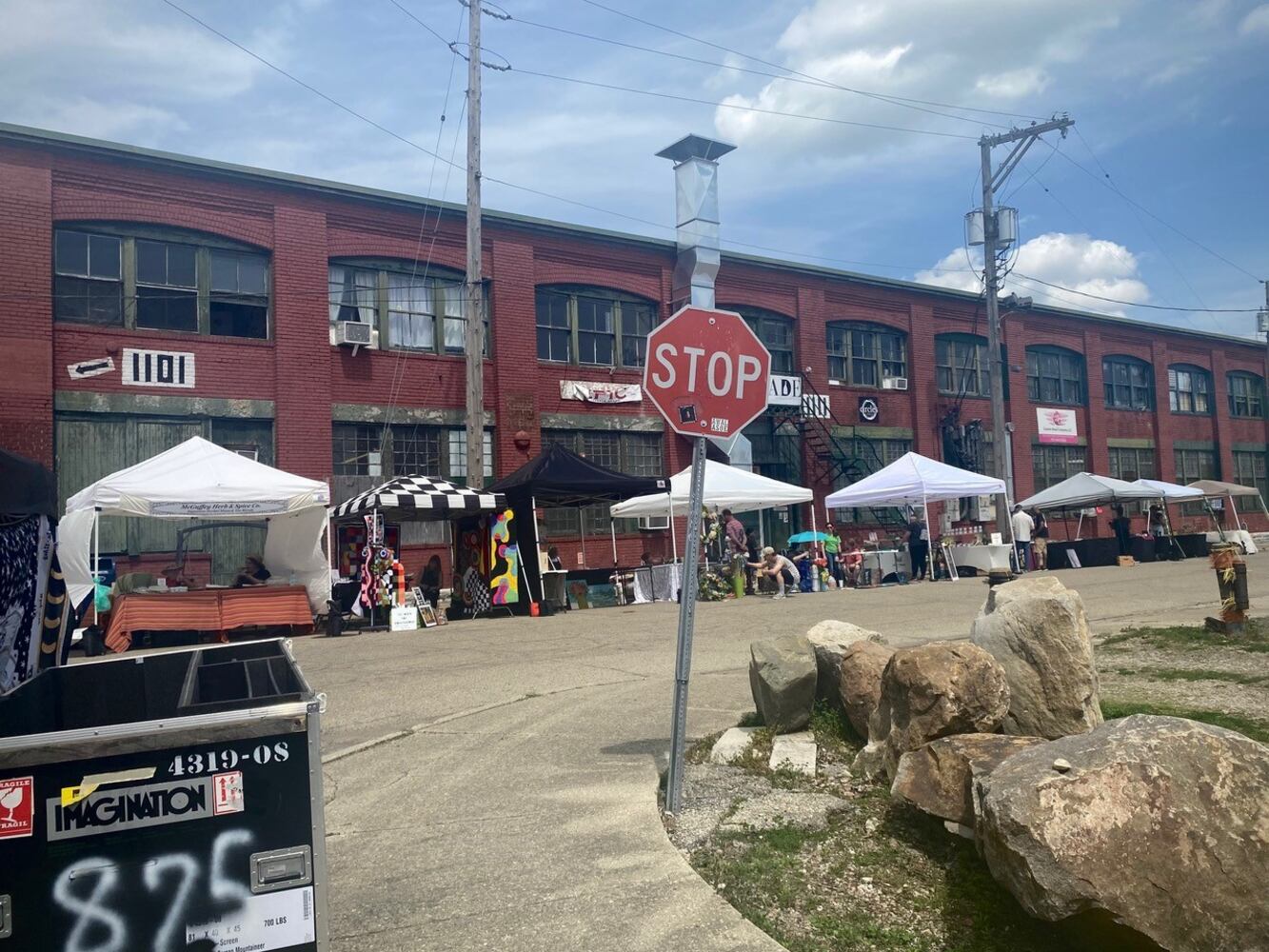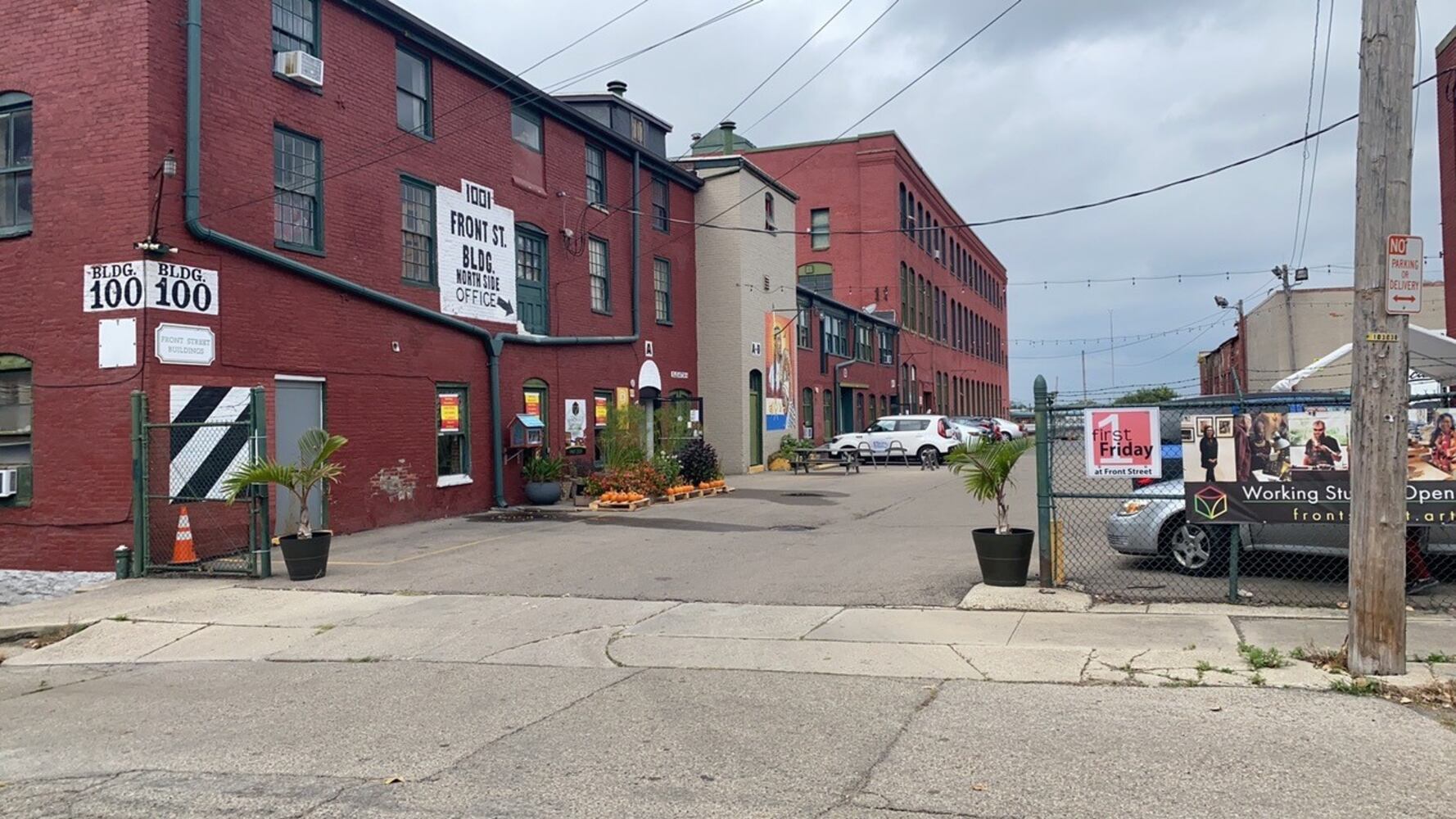Over the years, I have heard the stories of countless artists from various disciplines, all describing this inescapable inner urge to create. This compulsion can often be squashed by more pressing financial needs: shelter and food. As artists, we’ve all heard, “How are you going make a living as an artist?”
It can be isolating to identify as an artist in a community like ours, known for feats of engineering and science — vast social structures here are devoted to those endeavors. Where is the place where we can convene, connect and collaborate artistically? A place where we can be free to pursue our creative dreams?
Front Street Artist Studios has been that place for as long as I can remember. Recently, I had the good fortune of presenting an exhibition of collages at the DIAD Gallery housed at Front Street Artist Studios.
“Front Street,” for those who don’t know, has been a compound of factory buildings and warehouses that, over the past decades, has been a wild and exuberant mixture of scrappy artistic resilience. Artists and craftspeople carved out studio spaces as havens to create artworks that defy categorization.
The grit and grime of the building’s previous incarnations is still omnipresent. The heady mixture of the past collided with the future, making it the destination of many young, daring artists in the eighties and nineties. I have fond memories of late-night photo shoots and salon-like conversations with a cast of unapologetically authentic characters.
As with all epicenters of creativity, the spaces evolve and grow over time. Under the dedicated care of Richard and Carol Lundin, The Front Street Artist Studios has maintained the raw creative spirit of those early days and has grown into a destination for artists and patrons alike. On the First Friday of every month, they open the industrial doors and welcome the community to take in food, music, and, most importantly, art.
With their talents and resources, Richard and Carol Lundin — transplants to our community from Chicago — could have easily chosen other, more established arts communities to live in. Richard and Carol chose Dayton. Often, outsiders to our community see the potential for greatness here that native Daytonians can sometimes be blind to. With financial and sweat equity, Richard and Carol have spruced up and reenergized spaces for creativity and the next generation of artists.
The arts are often seen as an amenity, the icing on our elaborate community cake, by other industries, usually to answer quality of life questions for employees considering relocating or staying in the region. What if we reconsider the arts as an industry sector in itself, with economic growth potential? What if we revisit our patronage as development/investment dollars in future growth and earnings potential?
Richard and Carol Lundin have invested in Front Street Art Studios, and we have all gratefully reaped the benefits. They have shown us the possibilities for growth when we have space dedicated to the community that art-makers need to thrive.
Rodney Veal is the host of thinkTV/CET Connect and President of the board of OhioDance.
About the Author












